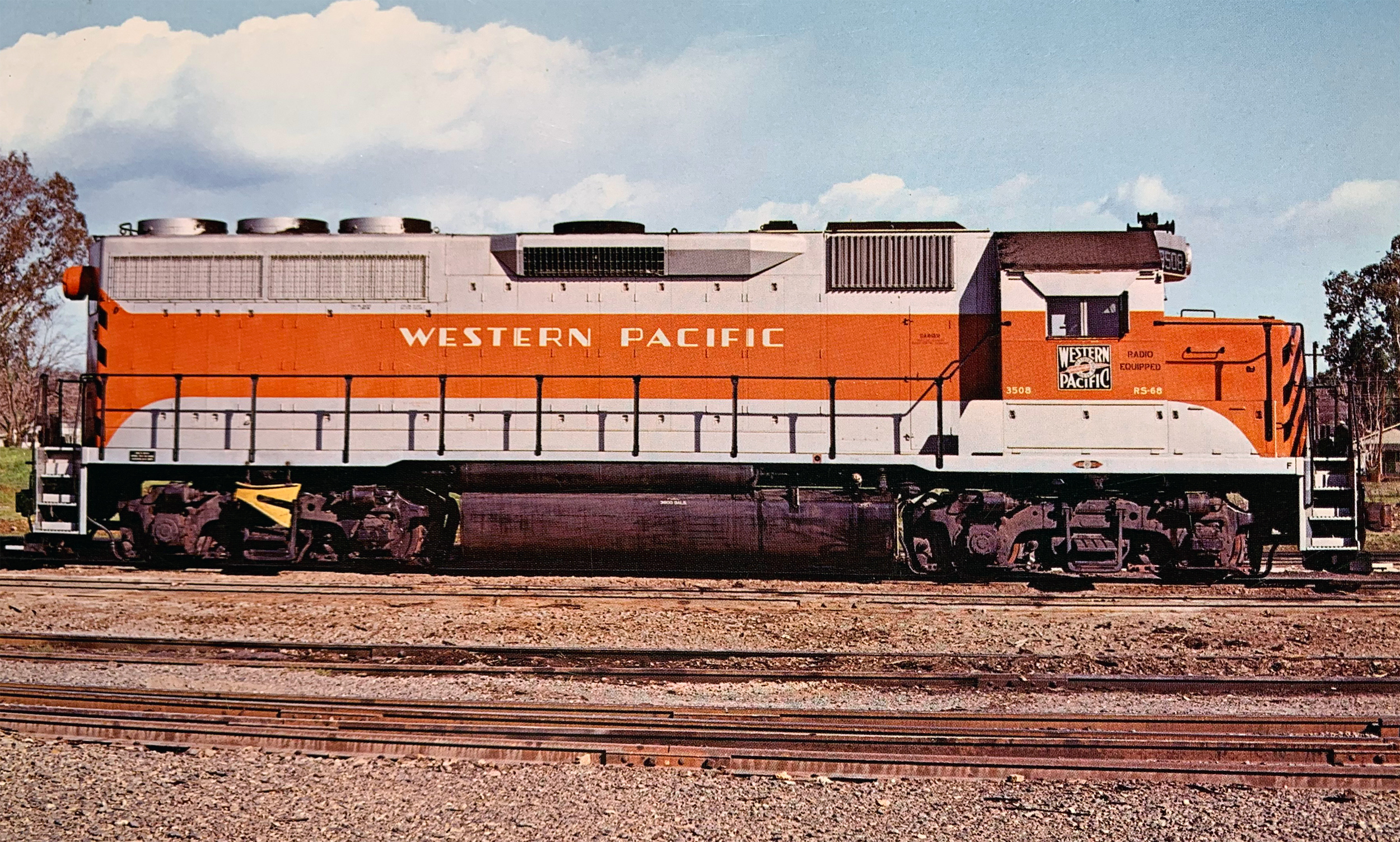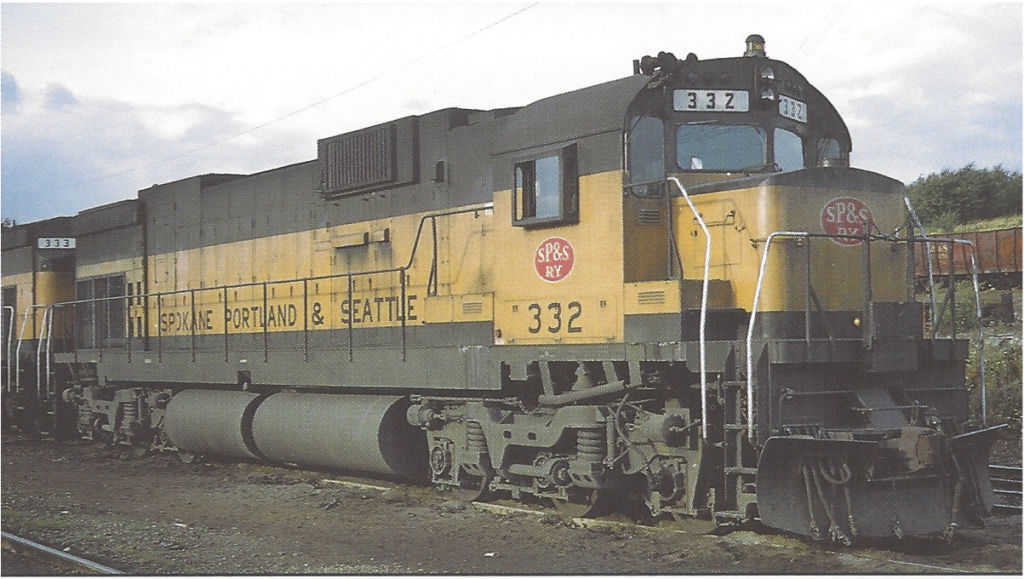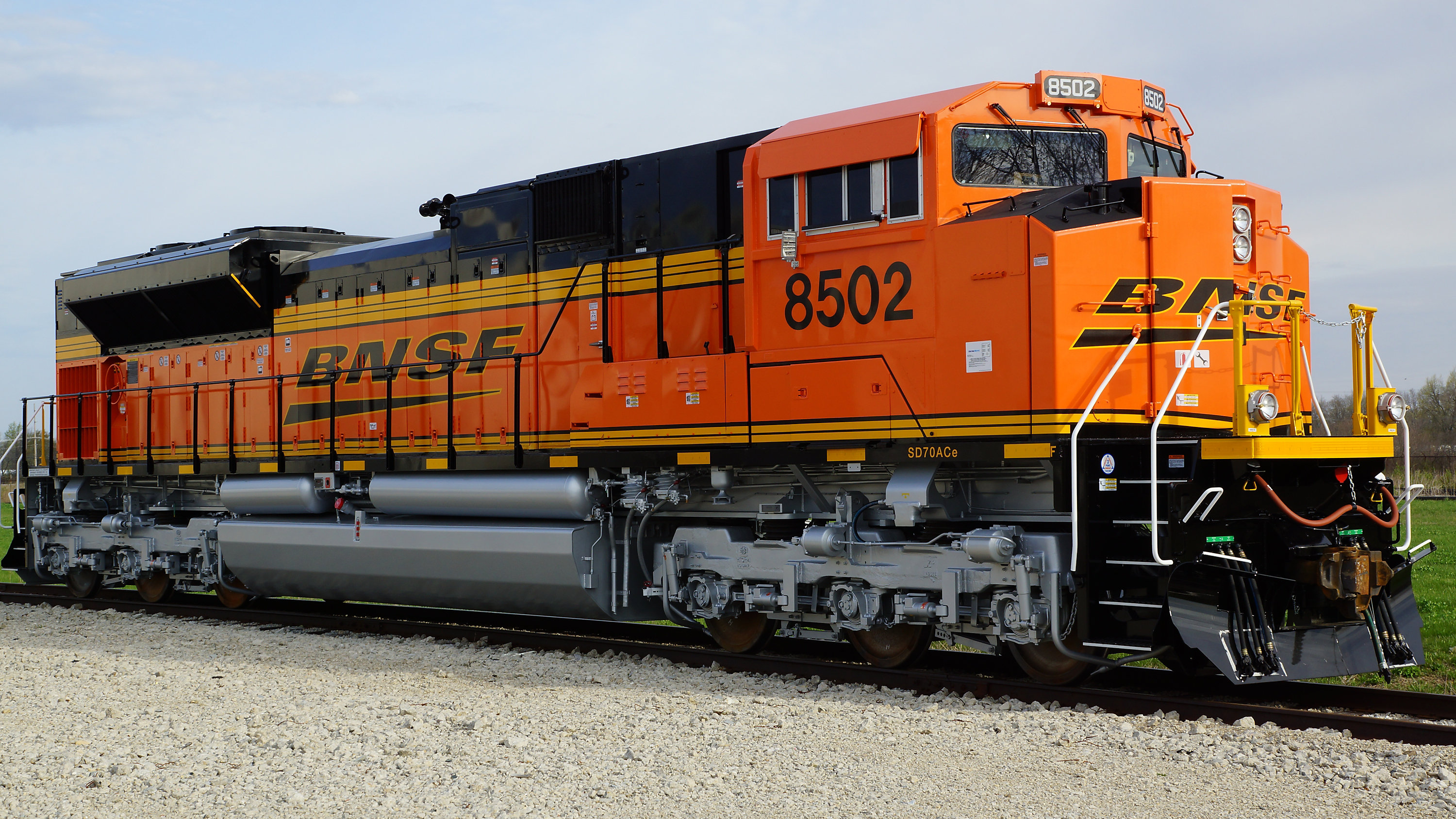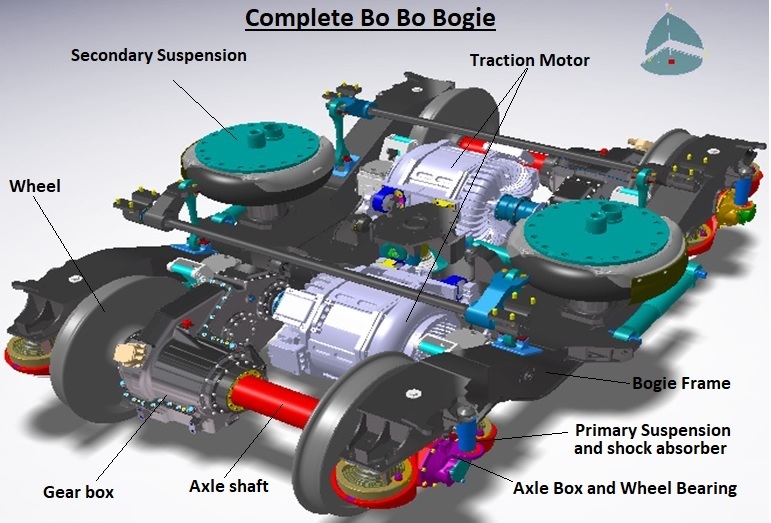Hello,
A lot of Belgian diesel locomotives ( for example HLD51 to 55 ) are or were equipped with a bogey type Co'Co'. Others ( like the HLD 59 to 65 ) are or were equipped with a bogey type Bo'Bo'.
Some Belgian electric locomotives ( like the HLE 11 to 17, HLE 18 Siemens, HLE 19 Siemens, HLE21 to 25, HLE28 to 29 ) are equipped with a bogey type Bo'Bo'
I have done some research about locomotives worldwide equipped with bogies type Bo'Bo' or Co'Co, but found not much information.
Do you know,apart from Belgium, if there are other locomotives ( worldwide ) equipped with a bogey of the type Bo'Bo' or Co'Co'?
Kind regards
Kurt
A lot of Belgian diesel locomotives ( for example HLD51 to 55 ) are or were equipped with a bogey type Co'Co'. Others ( like the HLD 59 to 65 ) are or were equipped with a bogey type Bo'Bo'.
Some Belgian electric locomotives ( like the HLE 11 to 17, HLE 18 Siemens, HLE 19 Siemens, HLE21 to 25, HLE28 to 29 ) are equipped with a bogey type Bo'Bo'
I have done some research about locomotives worldwide equipped with bogies type Bo'Bo' or Co'Co, but found not much information.
Do you know,apart from Belgium, if there are other locomotives ( worldwide ) equipped with a bogey of the type Bo'Bo' or Co'Co'?
Kind regards
Kurt





